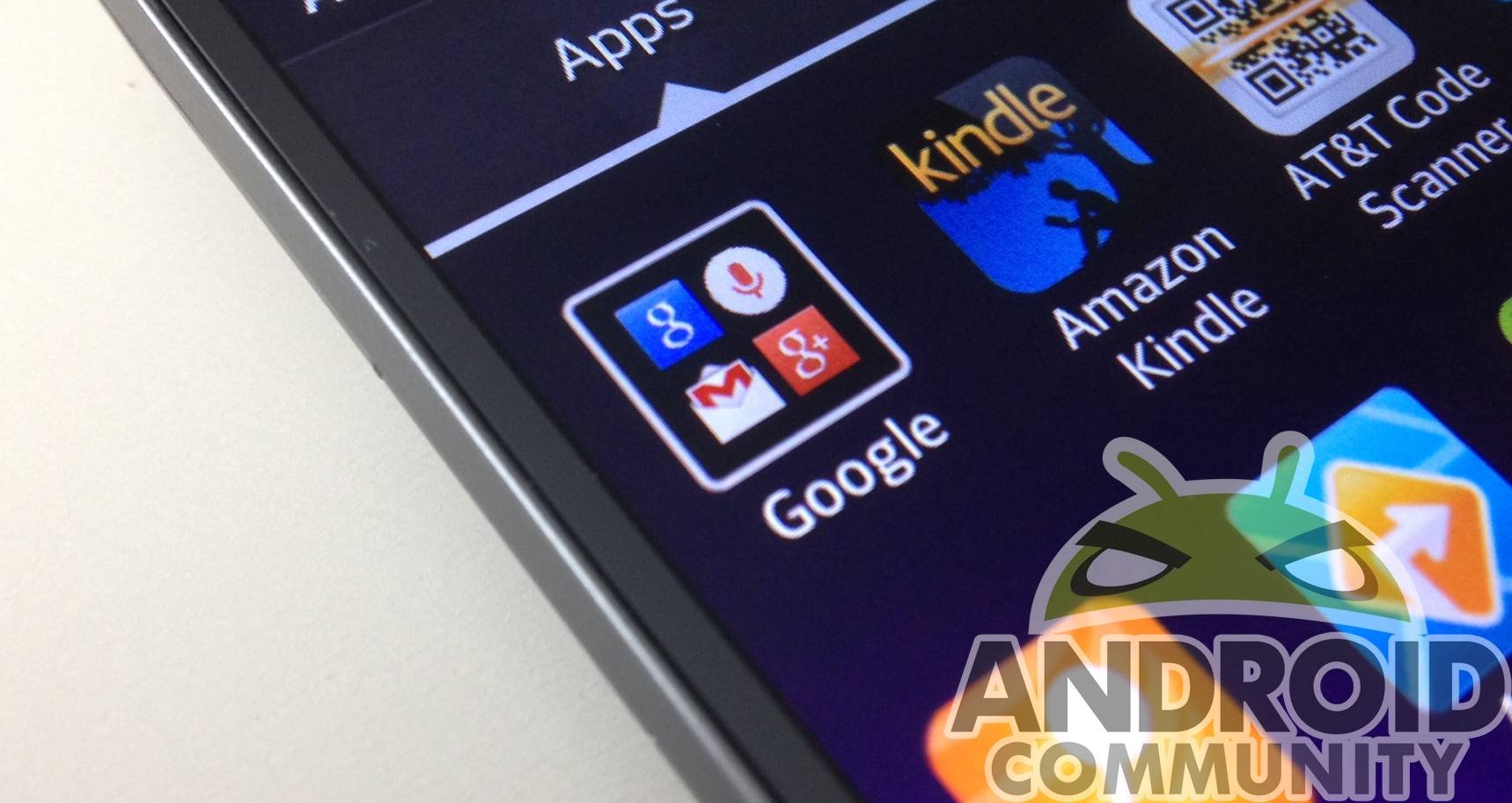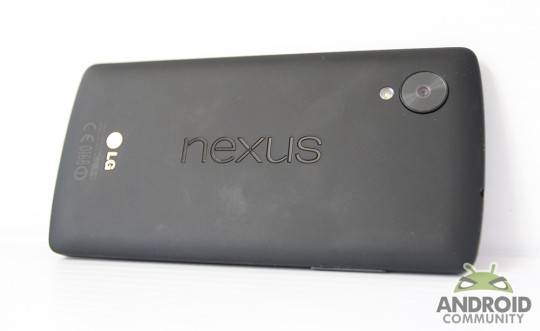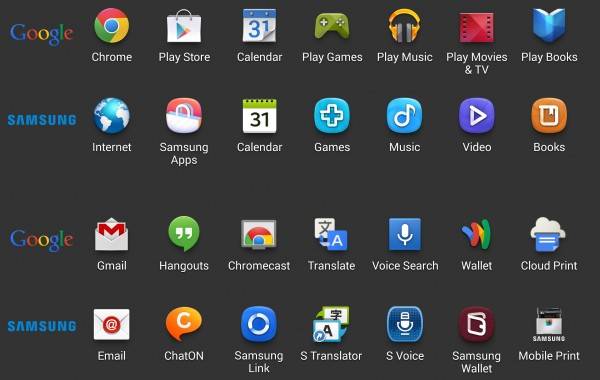
A document pertaining to Google’s licensing of its apps was leaked today, giving insight to what many have speculated was going on for quite some time. The document comes to us via someone who serves as a consultant, and admittedly does so for companies that compete with Google. Though many will cast doubt on his credentials and aim here, the document speaks for itself.
The document is called the Mobile Application Distribution Agreement, or MADA. What we really find is a bit of a strong-arm tactic from Google, but one that is likely to keep their apps and curated ecosystem safeguarded. The agreement asks that OEMs take an all-or-nothing approach to Google apps, essentially forcing them to take Google apps as a package rather than pick and choose which will be on the device. Google also controls which countries the apps are shipped to, how they’re updated (an OEM can not interfere with updates of Google apps), as well as distribution methods. Google apps cannot be altered in any way, either. Though it initially strikes us as a company looking to protect their apps, it gets a bit more slippery from there.
Not only do OEMs have to load all Google apps onto their handsets if they want to distribute an Android device, but Google also dictates just where they go. The search bar must be on one of the home screens, and no more than one swipe away from the main screen. Apps must be “no more than one level below the Phone Top”, where Phone Top refers to the main home screen — so the app drawer is fine. What that means is that an OEM couldn’t create a partition to keep Google apps in. They can keep them in a folder within the app drawer, which we’ve seen in the LG G Flex recently.

Also of note is that Google demands their search be the default, as well as their location services. That was likely the rub with Skyhook, which is really where the interest in MADA originates. The document in question is from 2011, but was admitted in open court, without redaction. So far we’ve got Google demanding their apps be on an Android device, and even telling OEMs where to stick them. If that weren’t odd enough, the subtle nuances might be.
Google requires that anyone who distributes an Android handset under their rigorous guidelines submit monthly sales data, which shows device sales in a regional breakdown. The MADA agreement states the figures must be parsed out “by Google Application, Territory and Device model within each Territory”. This means Google knows exactly how many of each device is sold, and where.
The agreement goes on to state the “Company and Google shall each retain any and all revenue generated from provision of their respective products or services”. In a nutshell, that means an OEM has absolutely zero leg to stand on when it comes to revenue sharing. There will be no sharing in ad revenue, Play Store sales, or any kind of in-app purchasing that may happen.

Further complicating the matter is Google’s insistence that an OEM submit four devices per model for approval. Without the blessing of Mountain View, the device cannot be launched with Google’s blessing. Furthermore, Google restricts any OEM from ‘forking’ Android, noting in the MADA “any actions that may cause or result in the fragmentation of Android” are not permissible.
The MADA is good for two years, though the terms are ongoing and non-negotiable. If an OEM wants to stop selling Google-approved devices, they can at the end of the agreement, or renegotiate if there is a change in ownership. All tolled, it’s a bit of a head-scratcher, considering the perception of Android being an open platform. Then again, it doesn’t mean it’s not.
Let’s keep in mind this has to do with Google-approved handsets, which carry their apps and Play Store functionality. Android — on a basic level — is still free, open, and ready for use. Amazon famously took Android and made it their own, a conduit for media consumption. They don’t have any Google apps (natively), and don’t use the Play Store. The Kindle is not a Google-approved device — by design.
This agreement is also voluntary. There is nothing forcing an OEM to sign it, but it does pigeonhole them a bit. It’s a “with us or against us” proposition. An OEM could do their own thing, but is likely better served agreeing to utilize Google’s apps and storefront.
Source: Ben Edelman










“All tolled?” Should be “All told.”
Anyway, seems reasonable for Google to require their apps to be at the forefront. Given their love of data, it’s not surprising they want all the sales data, too.
I’m not seeing a problem with Google’s tactics here. If you want Google Apps, there are restrictions. Feel free to go without.
No biggie.
I will say that I was absoultely baffled when I unboxed my Samsung Galaxy Note II for the first time at how many redundant apps there were.
This is why this is a non-issue: “Let’s keep in mind this has to do with Google-approved handsets, which carry their apps and Play Store functionality. Android — on a basic level — is still free, open, and ready for use. ”
Google has every right to be a bully when it comes to their own store and apps. Neither of those is required to use Android though. Android is as open as it ever was.
Looks fine to me as well. If an OEM wants to be Google Approved and carry Google’s closed-source apps then they have to submit to a few reasonable demands. Otherwise, they could still use Android, but just don’t get the license for Google Apps. Very reasonable to me. It’s not like they’re saying “You can release a phone running any other operating system”
Its about damn time. It should have been this way from the get go. It’s not like OEM’s pay a licensing fee for any of this software. Android or Google Apps. Samsung has made a SHIT ton of money riding Android’s coat tails. Google is just asking for a more even playing field and basically, “you can use our stuff for nothing, but a few rules” Again….FOR NOTHING! Google didn’t request not 1 single penny from the OEM in the agreement.
Seems very fair!
I don’t see any problem with this at all. I’m also happy to see they replies so far have agreed,
This seems like it was designed as a poison pill for the idea that’s being floated around about Microsoft doing an Android phone and also puts Amazon in a pretty uncomfortable position. With this agreement, Google says, “Sure, but if you want YouTube on that phone, you’ll also be taking Google Maps, Google Search, Navigation, and all other things Googly with it”.
Please note that this doesn’t stop anyone from making an Android phone without Google apps, just makes it so that they can’t cherry pick from the Google collection. I like this idea. I see no problem with people building on Android, more power to you if you can sell it. But I won’t be buying your devices if you make it harder to get to the Google apps I want. Have fun with that Amazon, Samsung, and Microsoft.
i am happy to hear that google is taking control back of android. its time to force things like updates and such on these OEM’s. google tried to get OEM’s to bring updates to new and not even a year old device but carriers and OEM’s just dont listen. they feel they can do anything they want and get profit off of android. in all this i stil and a nexus device. with all the rumors floating about google killing the nexus line i surely hope not. #Nexuslife
May i know how can i get the contact person for the GOOGLE MADA? As i had email them and never receive any feedback.